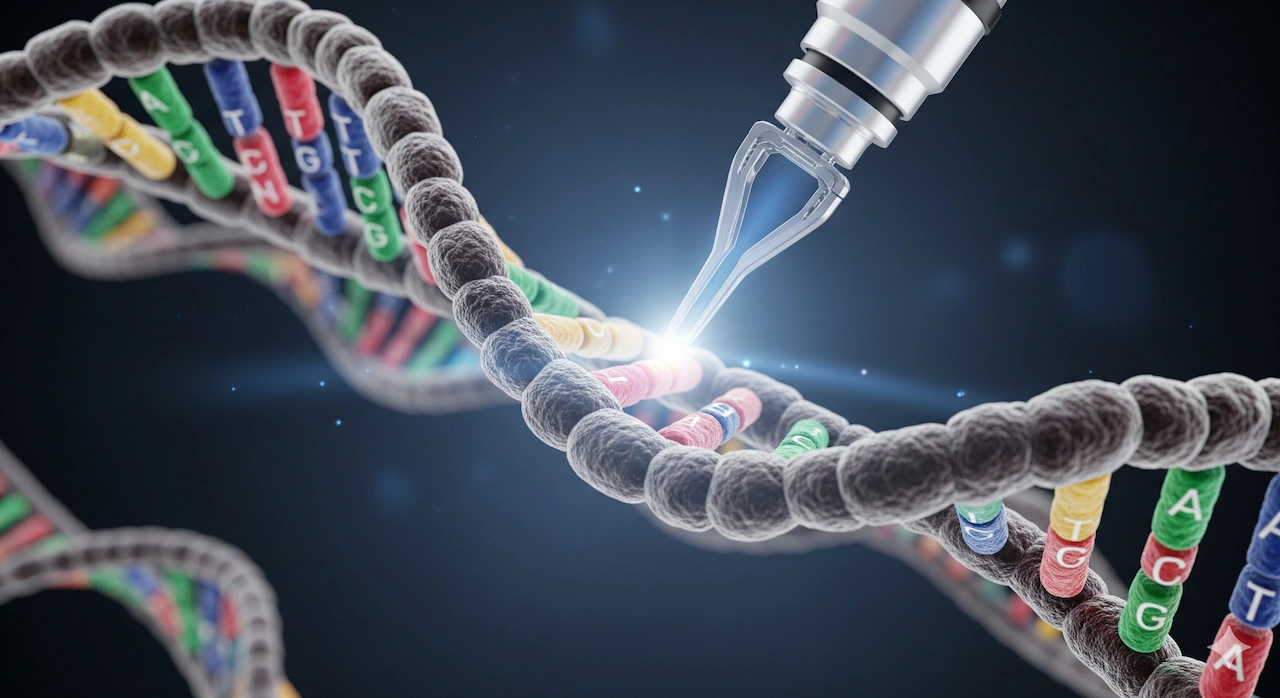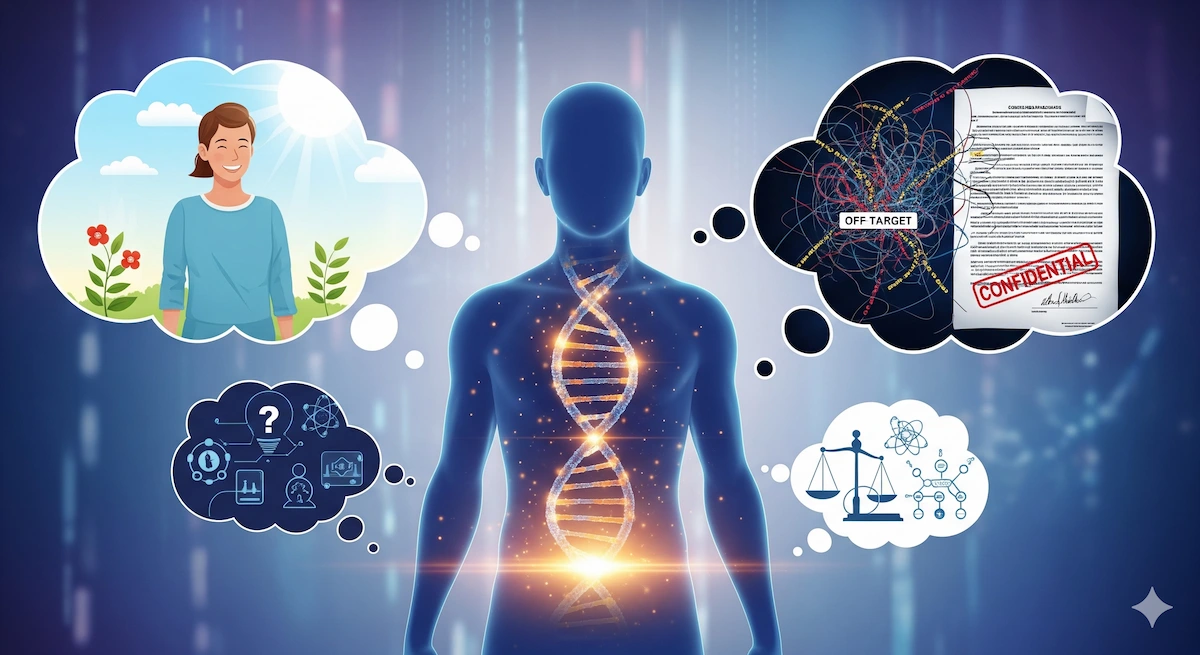GloNews10

CRISPR, a technology that has sent shockwaves through the scientific world, is often referred to as “genetic scissors” because it gives scientists the power to precisely cut and edit DNA. What seemed impossible just decades ago is now being done in a fraction of the time, paving the way for a new era of genetic engineering.
This article will take you through the latest breakthroughs in CRISPR gene editing, explain how this powerful technology works, highlight its most recent advancements, and discuss its potential to revolutionize medicine and agriculture.
The full name for CRISPR is Clustered Regularly Interspaced Short Palindromic Repeats.
The full name for CRISPR is Clustered Regularly Interspaced Short Palindromic Repeats. At its core, it’s a natural defense system found in bacteria. When a virus attacks, bacteria cut out small snippets of the viral DNA and store them. Later, if the same virus attacks again, the bacteria use this stored DNA as a guide to recognize the viral DNA and cut it with a protein called Cas9.
Scientists have harnessed this same mechanism to create a human-made version. We can now use a guide and the Cas9 protein to find and cut any specific gene we want. Think of it as a “find and replace” tool for DNA, but with surgical precision.
Since its initial discovery, CRISPR-Cas9 has advanced significantly. Scientists are constantly working to make the technology more accurate, safer, and more efficient. Here are some of the most crucial advances:
The original CRISPR-Cas9 acted like a pair of scissors, cutting both strands of DNA, which could sometimes lead to unintended errors. Prime Editing is a newer technique that can edit genes without creating a double-strand break.
Even more specific than Prime Editing, Base Editing allows for a single base (A, T, C, or G) in the DNA sequence to be changed directly to another, without any need for a DNA cut. This is incredibly useful for treating genetic diseases that are caused by a single-letter error.
CRISPR is no longer just a laboratory tool. It’s being used on humans to treat serious illnesses, bringing hope to millions.

Despite the immense potential of CRISPR, there are significant challenges and ethical issues that must be addressed:
CRISPR is a powerful tool with the potential to revolutionize medicine, agriculture, and environmental science. It could hold the key to finding permanent cures for genetic diseases and developing more resilient crops.
As this technology continues to evolve, we must establish strict regulations and ethical guidelines for its use. The future of CRISPR is filled with hope, but it must be approached with great responsibility and care. It’s a truly exciting chapter in the history of genetic engineering that has only just begun.